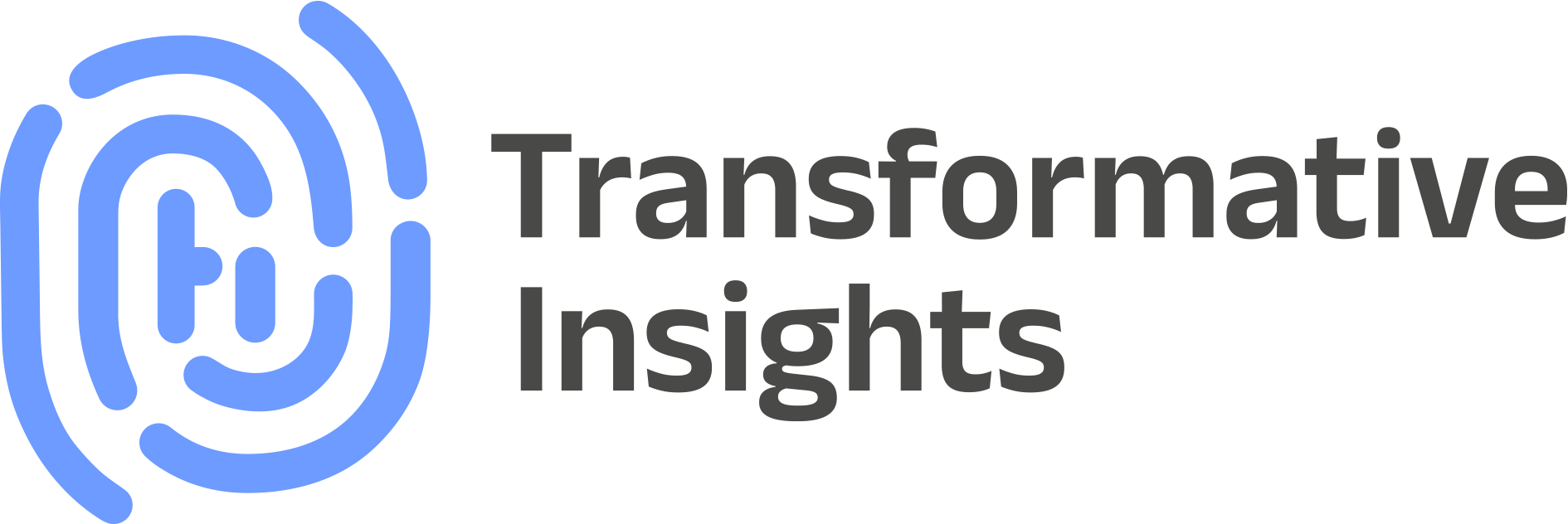Leverage environmental nudges
What is the Nudge strategy?
We often like to think that our decision making is by and large rational. The reality is quite different however and even when we rationally know something isn’t good for us, it can quickly become a habit if it brings us (emotional) benefit. The reverse being equally true - adopting a new healthy habit can be exceedingly difficult even if we rationally know it is the right thing to do.
Richard Thaler began to look into this in more detail, creating what became known as the “Nudge Theory” or “Choice Architecture” for which he won the Nobel Prize in economics in 2017. Thaler and other behavioural scientists have demonstrated that we tend to make decisions quickly under pressure, based on intuition and subconsciously influenced by biases and psychological fallacies.
According to Thaler, the key to success therefore is to responsibly use “nudges” - subtle environmental interventions that guide us towards making the choice that is widely accepted as the better choice without being restrictive or punitive.
Since then the Nudge Theory has become widely adopted across various sectors, including education, transport and health to help people make better choices. The Bluezone projects are a great example of how this is being applied at the community level.
Some nudge examples
To count as a nudge, the intervention must be easy and cheap to avoid. Nudges are not mandates. Mandates we fight and resist, a gentle nudge with freedom of choice we welcome.
A transport example involved painting converging yellow lines on the road ahead of an upcoming sharp bend (known for its high rate of crashes). This makes it look like the road is narrowing and people automatically slow down. They still have the freedom of choice and can maintain their speed but there is subtle intervention, nudging drivers to make the choice we know is good for them.
Another innovative nudge example, focused on increasing physical activity, are the Piano Stairs in Stockholm (see video below).
A community level health example involves working with local butchers in the community to alter their sausage recipes so their fat content is reduced and / or to provide plant based alternatives and promote these healthier alternatives. Again, people can still opt for the unhealthy variant but are gentle nudged into making healthier choices.
Another health example is encouraging overweight people to replace their large dinner plates with smaller ones as we have tendencies to match the amount of food we put on our plate with the amount of space available! Using smaller plates, subtly nudges people into plating up smaller portions.
“A choice architect has the responsibility for organizing the context in which people make decisions…
To count as a mere nudge, the intervention must be easy and cheap to avoid. Nudges are not mandates. Putting the fruit at eye level counts as a nudge. Banning junk food does not.”
How can you apply this in your "positive change" context?
Well, the options are endless and we invite you to get really creative and design your own environmental nudges. Here are some popular examples, related to adopting a set of practices for good sleep, to prime your creativity:
Pre-select a range of magazines or good books and put them where you will see them during the evening. You will need much less willpower to put your device away and reach for a magazine / book that is readily available as opposed to having to hunt around for one.
Set an alarm on your phone two hours before your (new / earlier) bed time to remind yourself it is time to disconnect from your electronics and kick your (new) winding down routine into gear.
Put your nice and comfortable walk clothing and shoes ready the night before. This makes it much easier to get outside first thing in the morning and go for that walk at sunrise.
Set a timer on your lounge's lights so they turn off automatically and trigger you into lighting a candle a few hours before bed. Or invest in dim-able WiFi lights so you can automatically reduce the light at a set time at night.
All these nudges may sound very simple and obvious but make no mistake, they can be incredible effective. What other ones can you think of that will nudge you into the better choices you want to start making?
Another inspirational (yet somewhat out there) example from a past-client who wanted to get into a morning running routine, something he had aspired to for years but just couldn’t get into. Instead of getting into his pyjamas, he decided to sleep in his running gear and place his running shoes next to his bed. This nudge worked really well for him!
Happy nudging.










